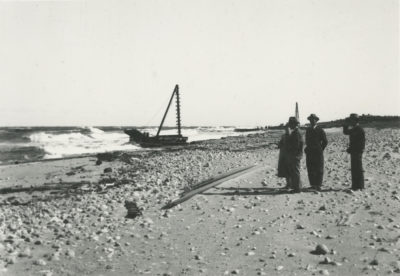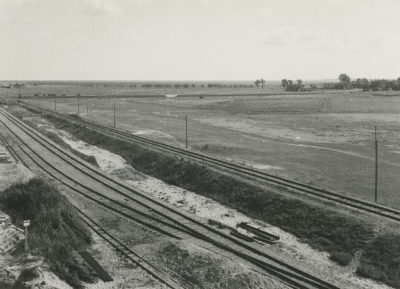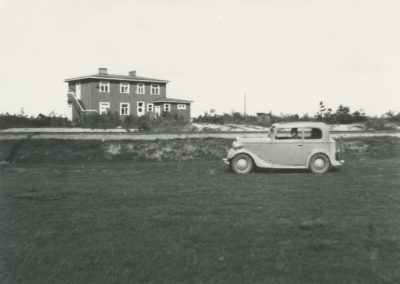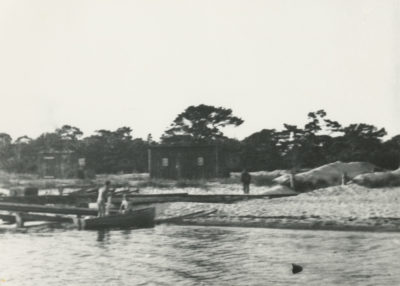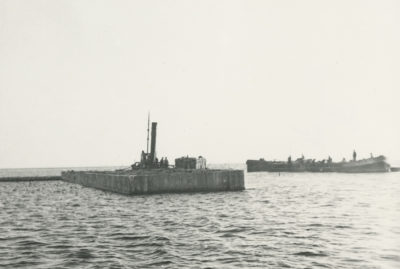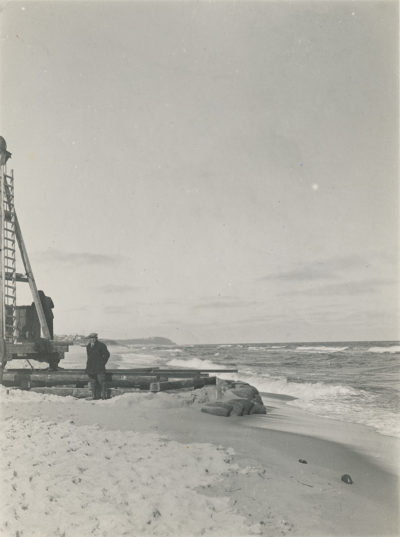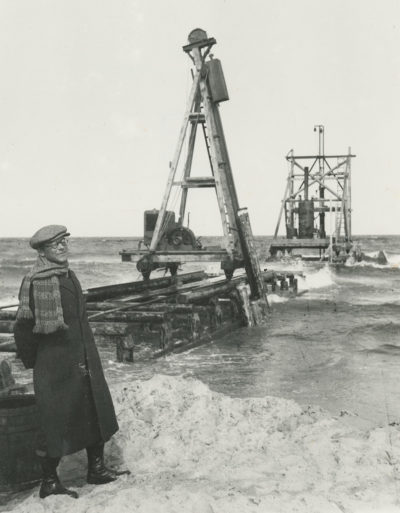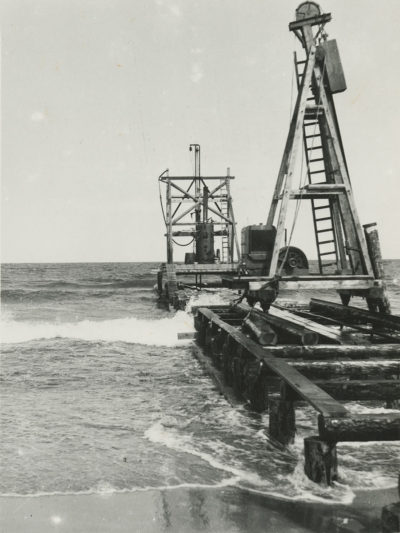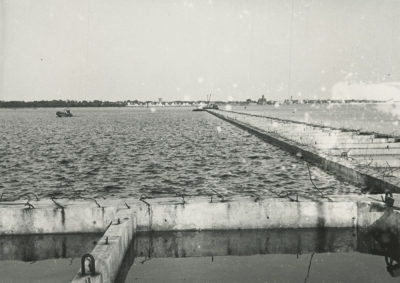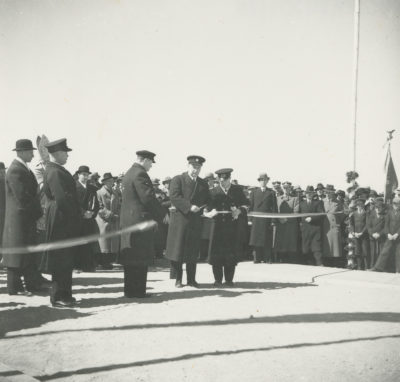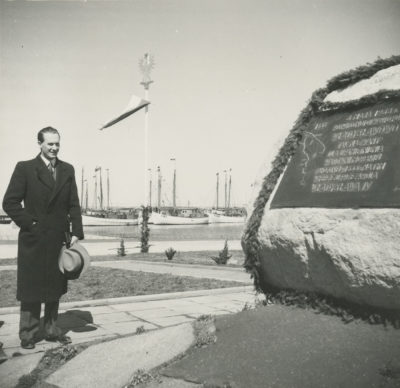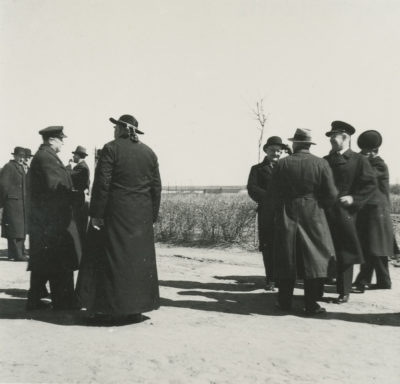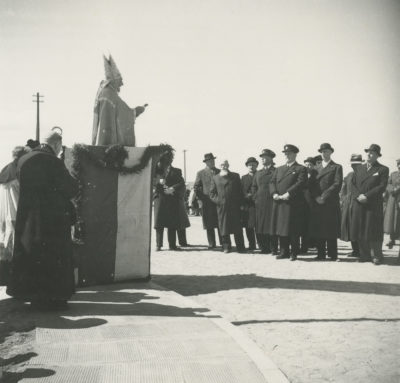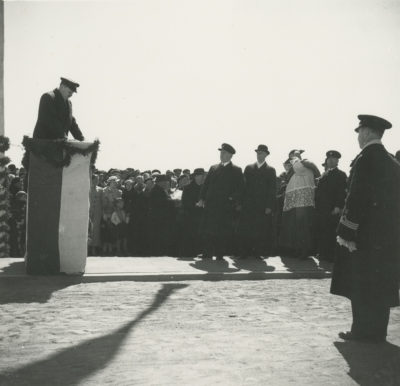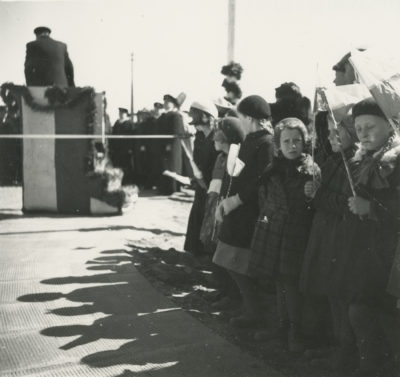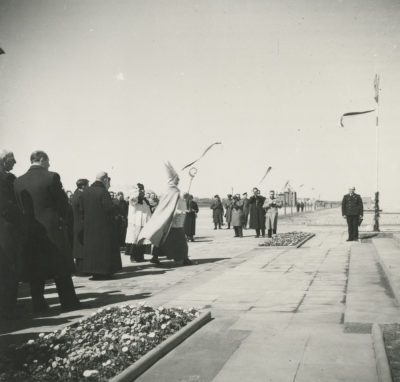Construction of the Port in Władysławowo (76 objects)
As a part of the development of marine infrastructure on the Baltic coast, in 1936, the construction of the fishing port in Wielka Wieś began. The constructed port was called ?Władysławowo? after the 17th century fort of king Władysław IV which was located there. The works were conducted by the French-Polish Consortium which constructed the port in Gdynia. The design for the port was prepared by Zygmunt Adamski MSc from the Maritime Office. On 3rd May 1938, there was an opening and blessing ceremony of the port which at that point consisted of two breakwaters (East and West), which protected four piers. The longest one was dedicated to the coastal shipping vessels and yachts. The remaining ones were for the fishing cutters. When World War II broke out, the port of Władysławowo was the second largest one in Poland.
The Gdynia City Museum has a photographic album with 76 black and white photographs. The album was made with the use of a cardboard block with white pages on which 76 black and white photos were stuck in the corners. Their author is unknown. We only know that they were developed in a Gdynia photographic studio ?Foto-Elite?.
If you have a closer look at them, you can trace the course of the construction of the fishing port in Władysławowo from March 1936 to its blessing in 1938. The album is opened by a group photograph of engineers who constructed the port, including Tadeusz Wenda MSc. Apart from that, among others, we can see: the shore around the constructed port, the building where fish was sold, rail siding leading to Wielka Wieś, piledrivers at work and the construction of the particular fragments of the port ? the East and West breakwater. The photographs show the results of the raging storms of 1936, for example a beached yacht. At the end of the album, there are photographs of the Władysławowo port opening in which you can see the Chełmno bishop Stanisław Okoniewski and an obelisk which commemorated the event.







